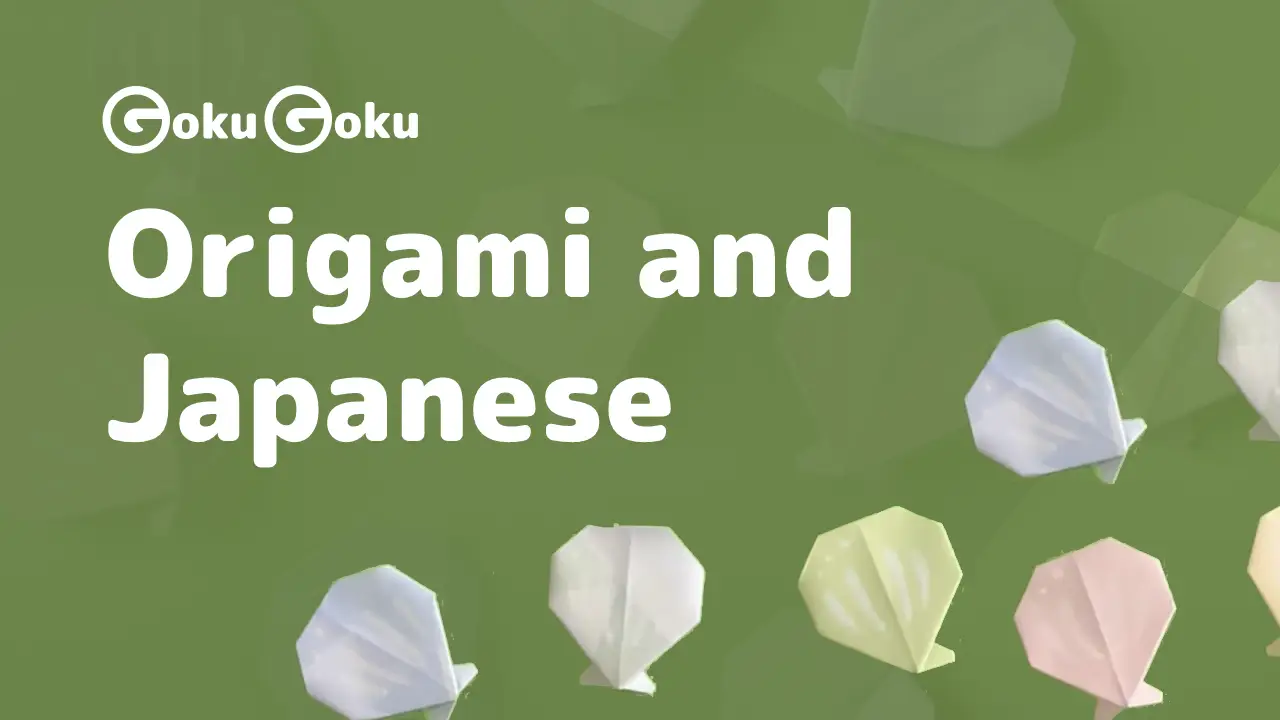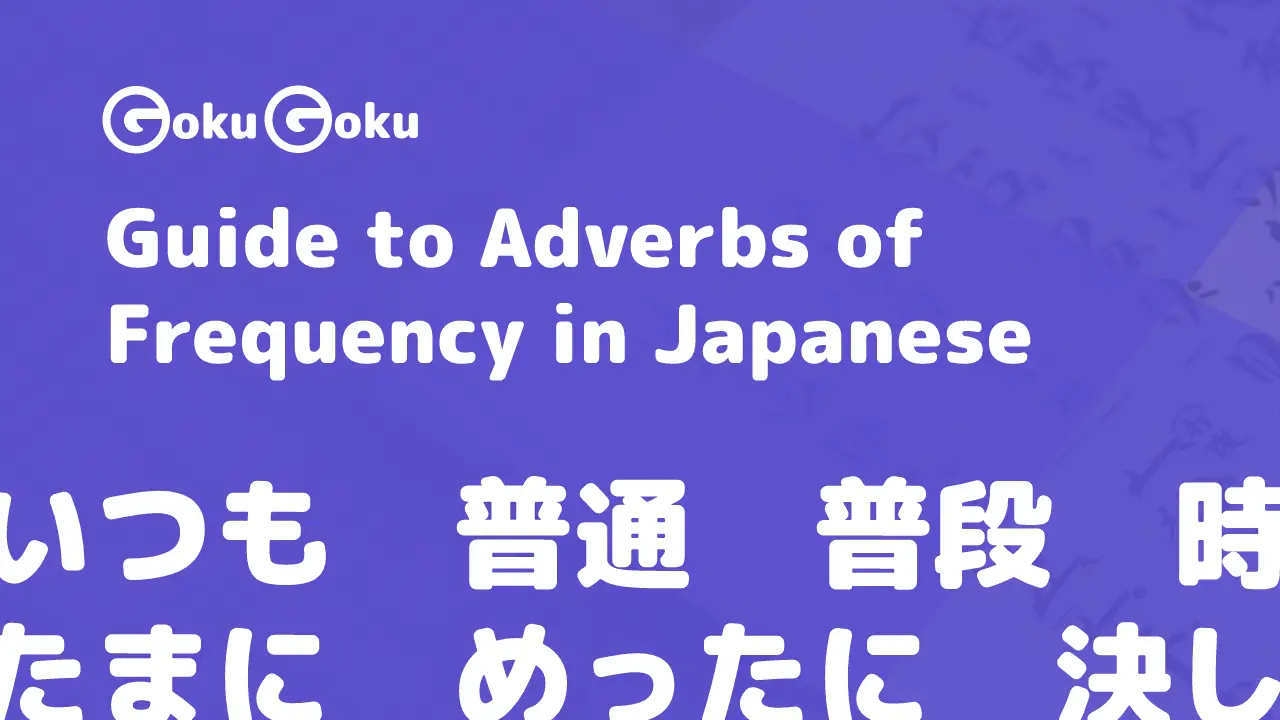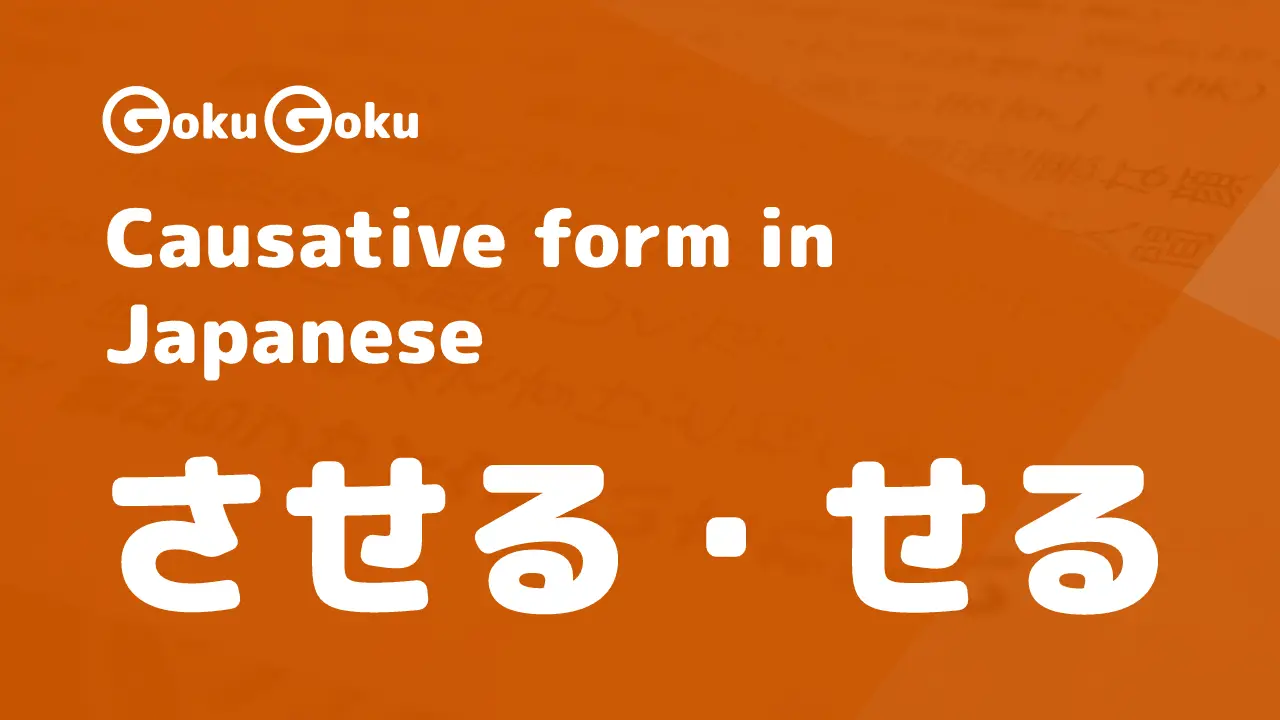Today we are covering a topic that many students and enthusiasts of the Japanese language like and are interested in: particles, in particular the particle の (no).
の has a wide range of uses that are worth learning and exploring. の is also one of the most used particles in the Japanese language. In today's post we are going to see the various meanings and uses of の.
Particles - Introduction
Particles in Japanese are called 助詞:
助 jo represents the verb 助ける
to help,to assist詞 shi refers to all elements of speech such as 動詞 the
verb, 副詞 theadverb,poetry
You can read the post on the complete introduction to particles to learn more about their origin and meaning.
Using the の particle
の in the kosoado series
One of the very first uses of this particle is with what we call kosoado series, the series of demonstratives.
We have the root of the demonstrative which followed by the particle の creates the demonstrative adjective, followed in turn by a noun.
この建物
this buildingその美術館
that museumあの日
that dayどの本?
which book?
の modifier of the preceding element
Where A modifies B:
英語の映画
An English film
日本語の特徴
The characteristics of the Japanese language
Possession, nature, location
The particle の has various nuances and meanings depending on the sentence we are going to translate.
大阪の地下鉄
Osaka Subway
雪の白さ
The whiteness of the snow
空手の歴史
The history of Karate
The particle の is often omitted and implied in newspaper headlines or where there is a need for synthesis.
For example, we can see the following sentence (without の) in an advertisement:
コンピュータ基礎講座
Computer Basic Course
More examples:
山田さんの自宅の住所
Mr. Yamada's home address
木製の家具
A wooden piece of furniture
の for possessive adjectives
When the particle の is preceded by a personal pronoun, we have the series of possessive adjectives, followed by a noun:
私の
my+ nounあなたの
your-彼の / 彼女のof hers(his or hers)私達の
our, 我々の is also usedあなた達の
your; also あなた方彼らの / 彼女らの
theiror 彼達の and 彼女達の
あなたの名前
Your name
うちの子
My son
うち is often used to indicate first person:
うち is transcribed with the kanji 内 which means
internal,insideand 家house,family; refers to one's family, to the people in one's group with whom one has an intimacy and trust relationship外 on the contrary indicates all people who do not fall within the personal and intimate circle, the term means
outside,external
Work, profession
Another common use of the particle の is when quoting a person and his profession or a particular qualification.
医師の母
(my) Mom doctor
How do I understand that it is a my doctor's mom and not the the mom of the doctor?
In the second case, speaking of the mother of another person I would have used honorific suffixes and other nouns. 母 is used for one's mother.
お医者さんのお母さん
The doctor's mother
I can also use the term お母様 which highlights the respect and, depending on the situation, also the deference towards the other person; use the suffix 様 sama instead of さん san.
Yet another way to indicate respect for the parent is to use the term 母上.
技師の従弟
Cousin Engineer
サラリーマンの僕
I office worker
僕 is another first person singular pronoun I that is typically used by boys and young people in informal situations
の instead of が in relative clauses
In relative subclauses, the subject is followed by the particle が. There are cases where to avoid repetition of が in this function it is replaced by の.
外で鳥の鳴いている声が聞こえている。
The birds can be heard chirping outside.
The sentence would be using が: 外で鳥が鳴いている声が聞こえている。
彼の考えていることは分からない。
I don't know what he's thinking.
の in questions instead of か
In daily and informal conversation, the particle の at the end of the sentence is used between friends and people with whom you are familiar and it has the same interrogative function as the particle か.
これからどうするの?
Now what are you going to do?
もう帰るの?
Are you leaving already?
のだ or んだ
Particle の combined with the copula だ in plain form and です in polite form:
- のだ or its contracted form んだ is used to emphasize a situation, cause, reason or motivation.
電車が遅れました。だから、遅刻したんです。
I was late, because the train was late.
As we have seen, the particle の is found in various contexts, has various functions and positions within the sentence.
In this post we have learned the most common uses of the の particle to be able to make the most of it.







